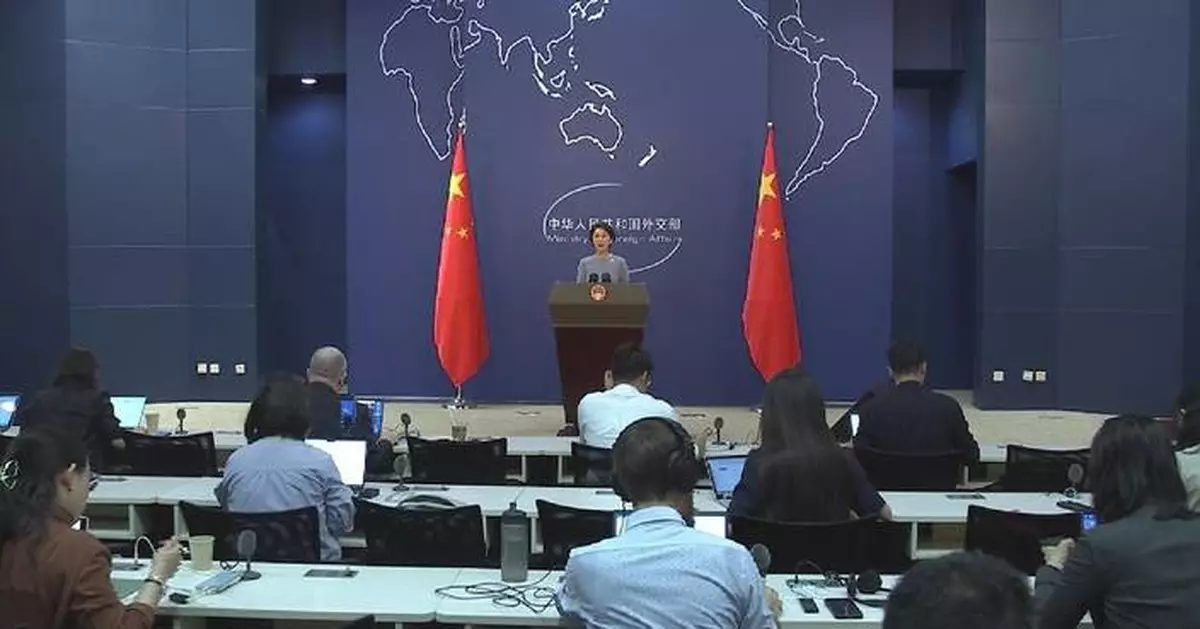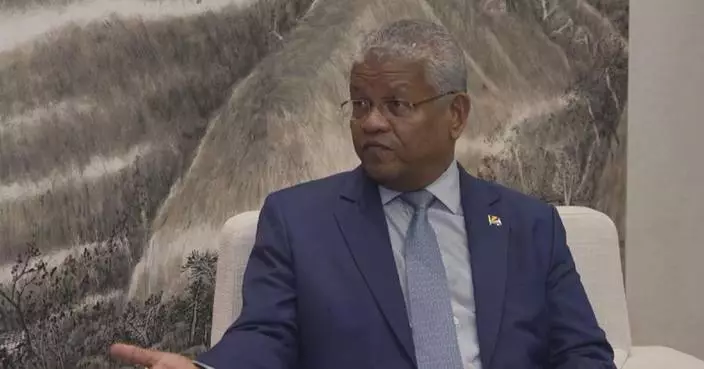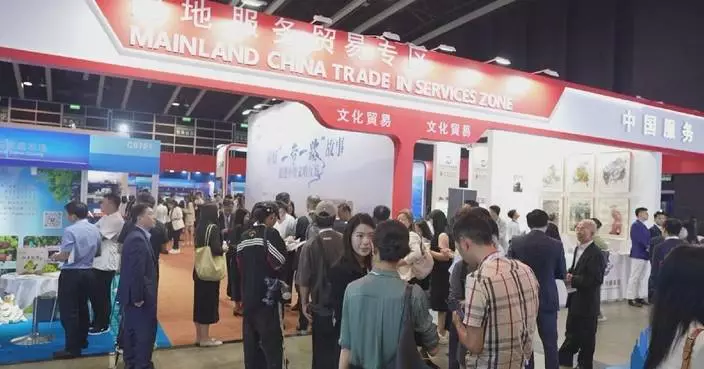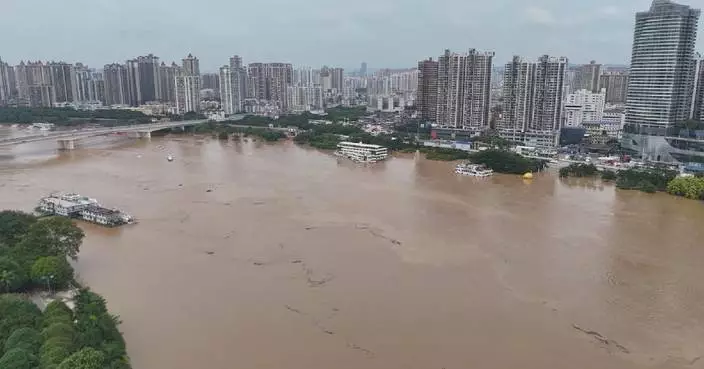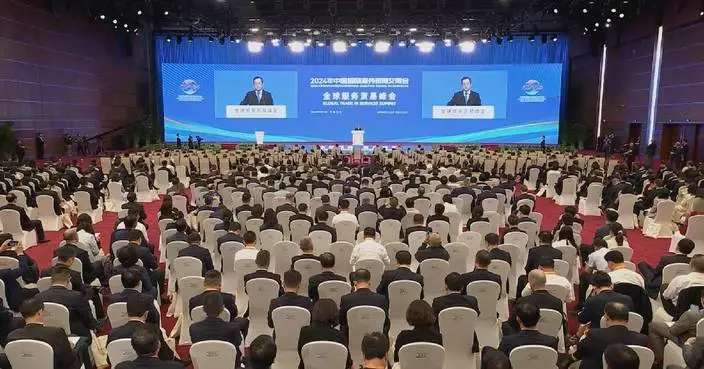China has called for collective global cooperation to advance a green transition, urging some countries to stop creating "green barriers" in climate efforts, said Chinese Foreign Ministry spokeswoman Mao Ning at a press briefing in Beijing on Friday.
Mao made the remarks in response to a press query about China’s growing wind and solar power output in recent years.
According to media reports citing data from the Centre for Research on Energy and Clean Air (CREA) think tank, China added as much new clean energy generation in the first half of this year as the United Kingdom produced from all sources in the same period last year.
"Thanks to the rapid development of the new energy industry, China has become one of the countries with the fastest reductions in energy intensity worldwide. China has also built the world's largest and most comprehensive new energy industry chain, providing 70 percent of the world's photovoltaic modules and 60 percent of wind power equipment. This has significantly fueled the global energy transition and the pursuit of a green, low-carbon, and sustainable future," said Mao.
Mao also underscored China's role in aiding the green transition of Global South countries, particularly through clean energy projects in Africa.
"It is particularly noteworthy that China’s new energy products have effectively supported Global South countries in their green transition, significantly improving the quality of life for local communities. China has constructed numerous clean energy projects in Africa, aiding an increasing number of African nations in realizing their green, low-carbon development goals. The Garissa photovoltaic power plant in Kenya, built by Chinese companies, reduces carbon dioxide emissions by 64,000 tons annually, while the Kaleta Hydropower Station in Guinea has greatly alleviated local electricity shortages," said Mao.
The spokeswoman highlighted China's strategic direction and urged some countries not to hinder global efforts to address climate change.
"The third plenary session of the 20th Central Committee of the Communist Party of China emphasized the need to accelerate the comprehensive green transition in economic and social development, prioritizing ecological conservation, economical and intensive use of resource, and green, low-carbon growth. As China commits to its own green development, it will also continue to contribute to global efforts to combat climate change and enhance environmental governance. It is important to point out that some countries, under the pretext of 'overcapacity,' are suppressing the development of China's green industry, which hinders global efforts to address climate change. What the world needs is not green barriers but collective cooperation to advance a green transition," Mao concluded.
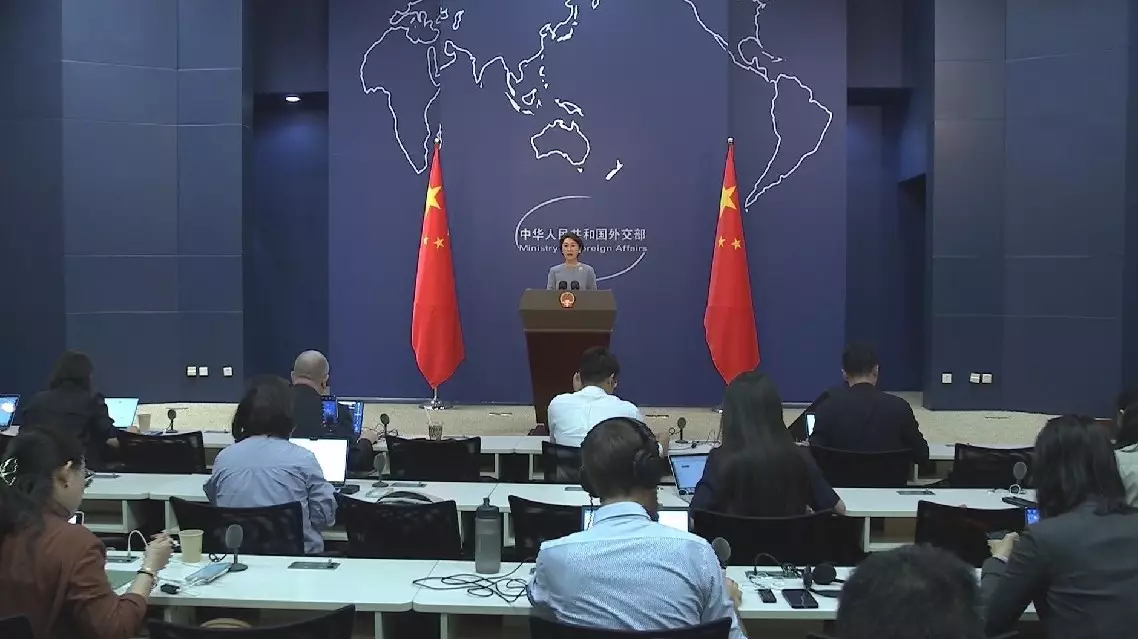
China advocates global green transition, rejects 'green barriers' in climate efforts: spokeswoman
China's scientific expedition team on Thursday obtained critical ice cores during their investigation of the Qinghai-Xizang Plateau, which is known as Asia's "water tower".
The region encompasses "one glacier, two lakes and three rivers". It is home to Purog Kangri Glacier, the world's largest glacier in the mid to low-latitude regions, as well as Siling Lake and Namtso Lake, the largest and second-largest lakes in Xizang, respectively. It is also the birthplace of the Yangtze River, Nujiang River and Yarlung Zangbo River.
The climate in the region is complex and changeable, and its ecosystem is very fragile, and meanwhile it is a pivotal area for Xizang's economic and social development.
During their expedition, the team drilled for ice cores at different depths overnight on Thursday, aiming to capture climate records from different time scales.
Ice core drilling is typically conducted during the night and early morning when the ice temperature is sufficiently low.
Ice cores serve as vital records of global climate and environmental changes. The sediments and bubbles within these cores are clues to understanding the history of Earth's climate. By studying the bubbles captured in ice cores, scientists can analyze atmospheric composition, including carbon dioxide levels, over hundreds of thousands of years.
Yao Tandong, an academician at the Chinese Academy of Sciences (CAS) and leader of the expedition, and Lonnie Thompson, a renowned American glacier expert and foreign academician at CAS, conducted their scientific expedition on the glacier Thursday morning.
Through helicopter observations, thickness-measuring radar, satellite image comparison and other methods, the scientific expedition team has found that the surface area of the Purog Kangri Glacier has shrunk by 10 percent over the past 50 years.
The average altitude of Purog Kangri Glacier is 5,748 meters, with the highest point reaching 6,370 meters. Due to global warming, the glacier is melting rapidly.
"So does the melting of glacier surface -- the higher the altitudes, the less the ablation volume, while at lower altitudes, it accumulates and forms branch-like rivers on the ice surface. Currently, these branches extend up to altitudes of 6,000 meters," said Xu Baiqing, a research fellow of the Institute of Tibetan Plateau Research under the CAS.
Research indicates that the accelerated retreat of glaciers on the Qinghai-Xizang Plateau over the past 40 years reflects a broader trend, and the melting rate of the Purog Kangri Glacier is relatively slow compared to the overall situation of the plateau.
The temperature changes within the glacier also attributed to the great difficulty of drilling, said Xu.
"Due to climate warming, the temperature within the glacier has risen, which suggests that under the same backdrop of temperature variations, the ablation may show abrupt shift with accelerating growth," said Xu.
The expedition was launched on Aug 18, 2024 and is scheduled to continue until October.
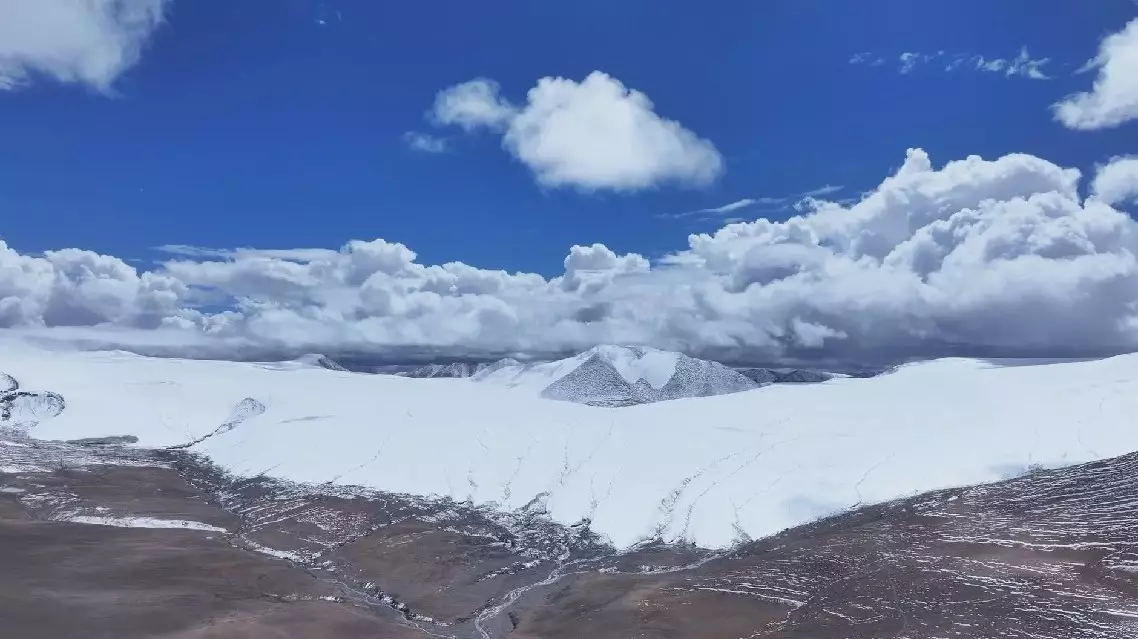
Scientists obtain critical ice cores during expedition in Qinghai-Xizang Plateau



